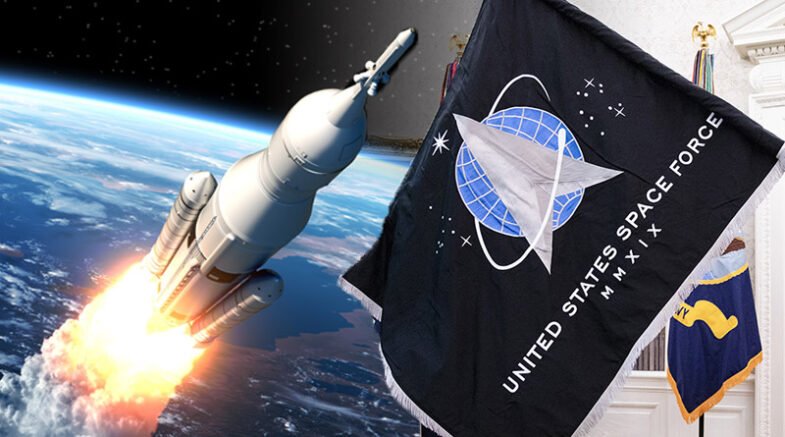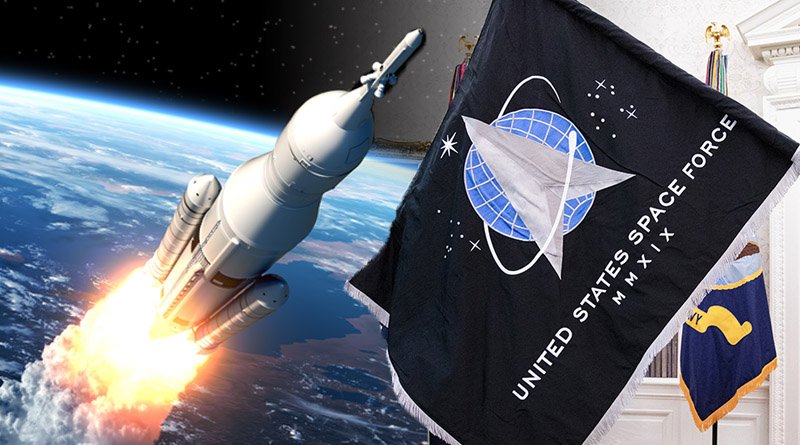The funding is the program’s first direct budget request; it has already flown one successful demonstration mission, and a second is anticipated no earlier than May.

The Space Force is requesting $60 million for its “tactically responsive space” program, according to budget documents submitted earlier this month to Congress, according to a report by SpaceNews. One demonstration mission of the programme has already been launched successfully, and a second mission shouldn’t launch before May.
The funding is the program’s first direct budget request; it has already flown one successful demonstration mission, and a second is anticipated no earlier than May.
As a defence against potential enemy space offensives, the tactically responsive space programme aims to assist the Space Force in putting satellites and other spacecraft into orbit at much faster rates.
The programme investigates how quickly commercial launch vehicle providers can set up the required infrastructure to launch a payload into orbit.
Such a capability has a number of advantageous military uses, and the defence industry has been showing increasing interest in it. The Pentagon is worried that America’s space-based assets are currently exposed to a variety of attacks due to numerous advancements in competitors’ anti-satellite weapons and other capabilities.
Since the military of the United States depends so heavily on space-based assets, it is now of the utmost importance to be able to replace a satellite or increase its capabilities in the event of a conflict.
The USSF’s first demonstration mission, Tactically Responsive Launch-2 (TacRL-2), launched in 2021 on a Northrop Grumman Pegasus XL rocket. According to a USSF statement from the time, that mission “successfully demonstrated their end-to-end approach to tactically responsive missions by acquiring and integrating the space vehicle, launch vehicle, payloads, and ground elements in record time.”
A Northrop Grumman Pegasus XL rocket carrying the TacRL-2 satellite is being loaded onto a Stargazer carrier aircraft in this still from a Vandenberg Space Force Base video in preparation for a June 13, 2021 launch. Victus Nox, Latin for “conquer the night,” is the name of the TacRL-3 mission, which is expected to launch on a Firefly Aerospace Alpha rocket possibly within the next few months.
In September last year, Firefly and Millennium Space Systems, a Boeing subsidiary and satellite manufacturer, both won the contract for the mission. With only twenty-four hours’ notice, the pair will launch the payload into orbit after being given eight months to prepare the launch services and ground systems.
“Tactically Responsive Launch is the first step towards the USSF acquiring a tactical space mobility and logistics capability to support combatant command’s future requirements for tactical spacepower,” according to the USSF’s TacRL-2 press release.
With $30 million set aside for 2024 and another $30 million requested for 2025, the project’s $60 million budget request guarantees that its upcoming launch won’t be its last.
The funding was initially proposed as part of the National Defense Authorization Act for Fiscal Year 2023 by the House Armed Services Committee (HASC).
The Space Force should continue these efforts, and expand the programme beyond the logistics of launch and operations to also concentrate on lifecycle concepts of operation as well as any contractual mechanisms that should be required in future programmes to take into account the need for rapid reconstitution and responsiveness, it says in part.
The Space Force recently allowed access to its launch pads at Cape Canaveral Space Force Station to four more private companies as part of its larger objective of building out its space infrastructure base.
